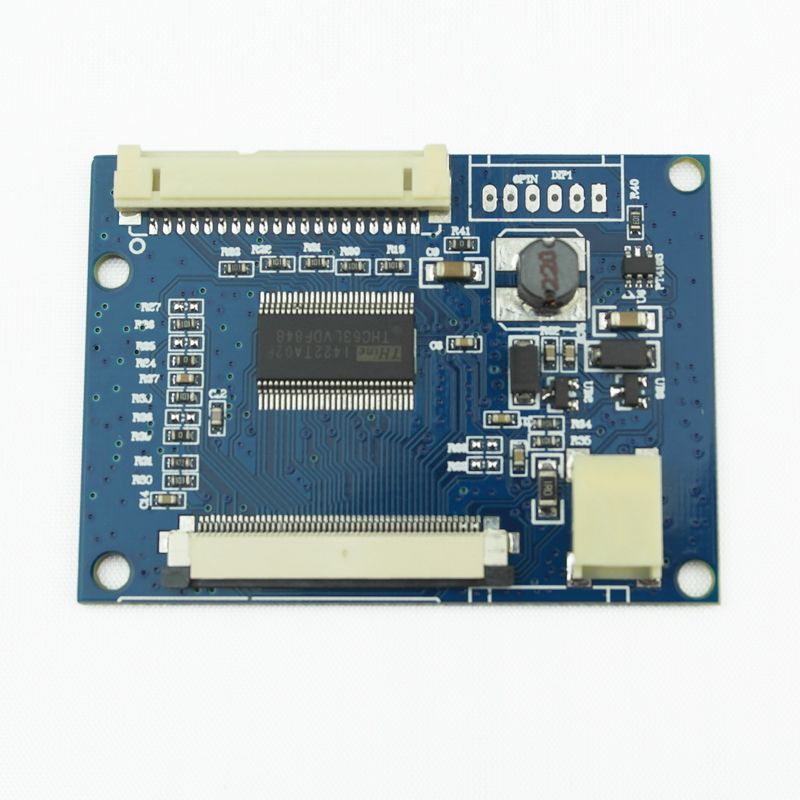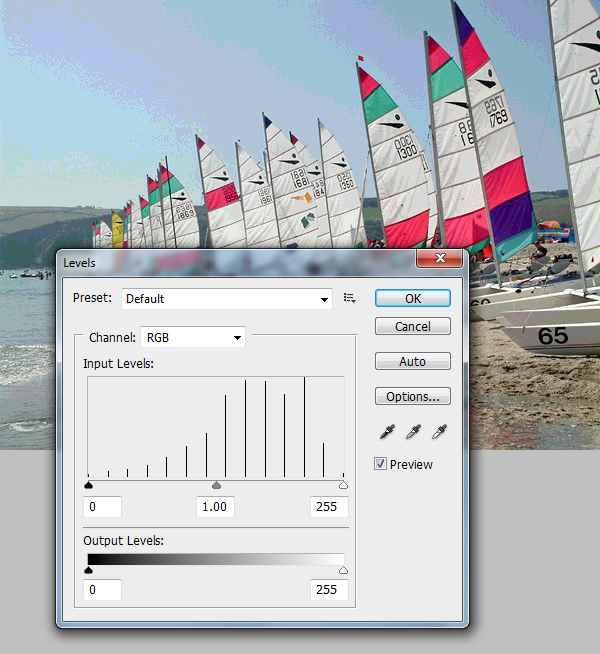

ImageJ wiki - the best place to learn everything about ImageJ/Fiji!!.don’t affect anything and you don’t need to subtract the threshold image, etc. Does that make sense? That way - the conversions, etc. But in the end - you can overlay your saved regions over your ORIGINAL 16-bit image to measure your grey values. You can use your images to convert to 8-bit, threshold, yada yada… what you want at the end is a binary mask and then segment the ‘bones’ using Analyze Particles or so… There are also some other plugins for segmentation you might find helpful (linked below). Hope this is not too first aim is to get the regions you are interested in - ie - ‘bones’.

I then plug in my mean bone value to get the original 16 bit value for each stack. To do that I wrote a linear equation for each stack using (0, 16 bit minimum) and (255, 16 bit max grey value). Therefore, I have to convert back to 16 bit to compare between different individuals and to grey values of phantoms. My understanding is that the 8-bit conversion transforms the 16-bit values with maximum becoming 255 and minimum 0. Then I used image calculator to subtract this image from an 8-bit version of the original, leaving only pixels with bone with values higher than zero. I then thresholded out the bone as a 8 bit binary stack. My original images are 16-bit signed RAW files. I am interested in extracting the mean grey values of bone in a whole body CT of mice and then comparing mean values of groups to values from a phantom. How do I transform a grey value measured on a converted 8-bit image back to its original 16-bit value? I have a method (described below) but not sure it is giving reliable results Hopefully this is not too basic a question.


 0 kommentar(er)
0 kommentar(er)
